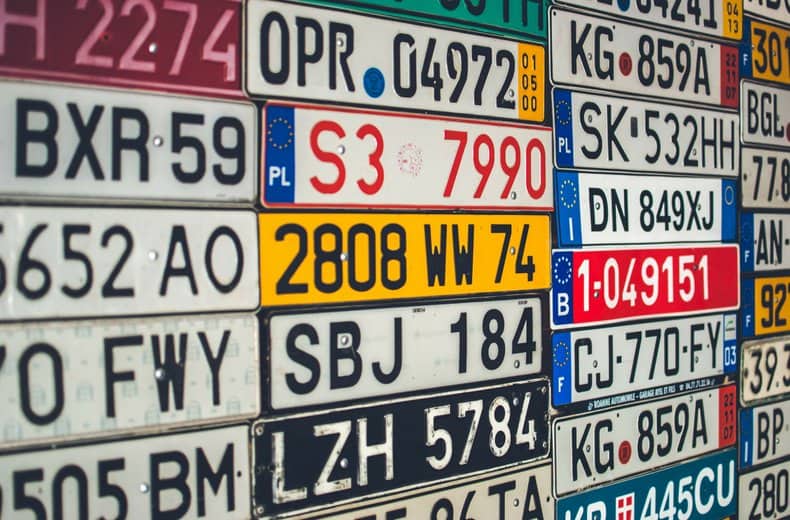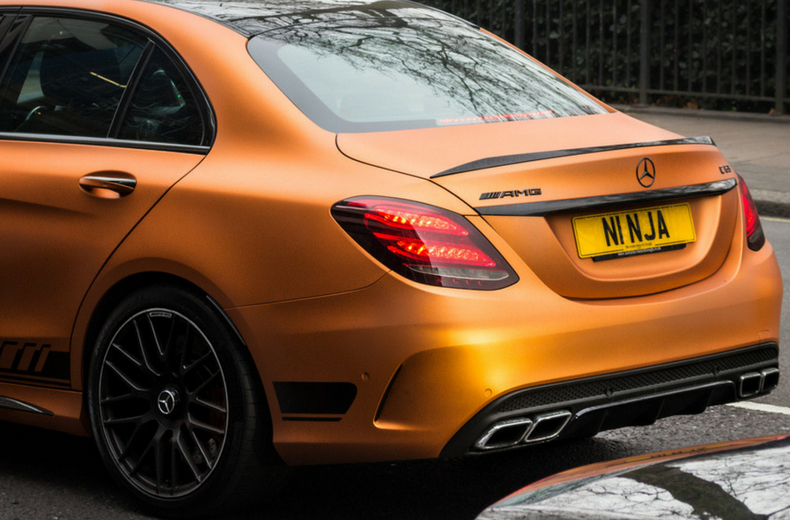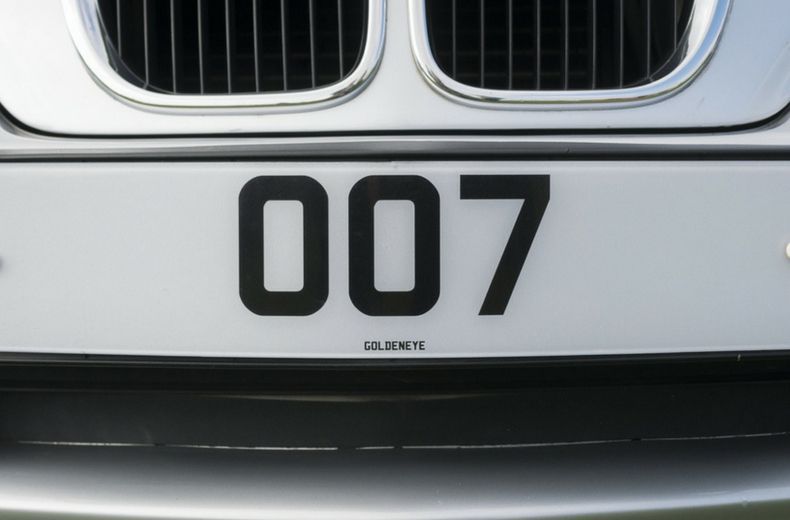Buying a car or new number plate for the first time is an exciting prospect, but how do you go about it and what are the legal requirements?
If you’re thinking about getting a personalised reg, we’re here to answer some of your questions and guide you through the process.
How do personalised number plates work?
Personalised number plates are a way of making your car more individual. You’ll pay extra money to have your own choice of numbers and letters on the registration – usually a phrase, slogan or initials that mean something to you.
The Cherished Transfer Scheme was introduced by the DVLA to give motorists the opportunity to personalise their vehicles.
Where can you buy a personalised number plate?

There are three ways you can purchase a private licence plate – directly from the DVLA, through a broker or in a private sale.
DVLA
This is a good place to start as it cuts out the middleman as it has more than 45 million registrations available to buy.
Its search tool enables you to enter your criteria (for example, your initials) and browse its collection of plates.
The DVLA also holds number plate auctions throughout the year.
In a traditional auction, you can bid in person, online or over the phone.
In a timed auction, you submit a maximum bid that is hidden from other buyers. The system automatically bids for you up to your limit, and the highest bidder gets the plate.
- 11 things to keep you protected with your car insurance
- Car modifications - are they legal?
- 8 surprising things that can affect the cost of your car insurance
Broker
There are dealers who buy and sell private number plates.
If you can’t find a specific plate on the DVLA’s website, it’s worth checking brokers’ sites.
You’ll probably find it’s more expensive than a plate sold directly by the DVLA though.
Privately
If you can’t find the plate you want through either the DVLA or a dealer, check the classified adverts in car magazines and newspapers. As plates advertised privately tend to be rare, they can be very expensive.
How much do personalised plates cost?

It largely depends on where you get your licence plate from and how rare it is. You can get plates from £250 on the DVLA website.
Plates sold through brokers and classified ads tend to be very desirable, so don’t be surprised to see four, five and even six-figure sums being asked. What you’ll pay at auction depends on how many bidders are competing for the same plate.
The most expensive number plate ever sold in the UK was ’25 O’, bought by a Ferrari dealer in 2014 for £518,000.
Generally speaking, the fewer characters a personalised number plate has, the more expensive it will be. Former Chelsea FC owner Roman Abramovich reportedly paid £285,000 for ‘VIP 1’.
What types of personalised plate can you get?
There are four basic styles of registration plate in the UK. They are:
Current
As the name suggests, ‘current’ is the style used for new car registrations today. This design has been around since 2001 and comprises seven characters. It’s made up of two letters indicating the region it was registered, followed by two numbers indicating the vehicle’s age and finishing with three random letters.
Example – AB18 ABC
Prefix
This style of plate was used in the UK between 1983 and 2001. It’s called prefix because the first letter indicates the vehicle’s age. For instance, a prefix plate that begins with a ‘G’ was registered in August 1989.
Example – A123 ABC
Suffix
This style of plate was issued in the UK between 1963 and 1983. It starts with the letter ‘A’ and ends with a letter that indicates its age. If the plate ends in ‘B’, for instance, you’ll know it’s from 1964.
Example – ABC 123A
Dateless
Dateless-style plates were used prior to 1963. They can be any combination of up to four numbers and three letters. There is nothing to indicate the vehicle’s age, which is what makes them so desirable.
Example – 1 AB

RAC sale – up to 33% off*
• Roadside cover from £5.29 a month†
• We get to most breakdowns in 60 mins or less
• Our patrols fix 4/5 breakdowns on the spot

What are the legal requirements?
Once you’ve bought your personalised number plate, the DVLA will send you a certificate of entitlement (V750), which permits you to put the plate on your car.
You won't receive the actual number plate in the post, so you'll need to take proof of your identity such as a driving licence, along with the V750, to your nearest registered number plate supplier. They will make up the plate for you and fit it to your vehicle.
There are strict rules governing the correct display of registration plates. A private number plate must:
- be made from reflective material
- display black characters on a white background on the front plate
- display black characters on a yellow background on the rear plate
- not have a background pattern
- not have an altered font or spacing
- not make your car seem younger than it is
Your car’s original age-related plate will be automatically deactivated by the DVLA upon your registration of a new private plate.
It cannot be used on that car again, unless applied for and accepted through the DVLA application process.
Your original registration number may not be available if you try to reinstate it later down the line, and you may be handed a new, age-related plate.
If at any time you display incorrect plates, you will be fined up to £1,000 and your car will fail its MOT.
- What are Q-plates and can I insure a Q plate car?
- When do new cars come out? Buying tips
- What is car cloning? Buyers beware of this scam
Can I transfer my personalised number plate?
If you decide to buy a new car, you’ll be able to keep hold of your personalised number plate when you sell your old vehicle. The DVLA will transfer it for a fee of £80. It doesn’t matter if you haven’t got a car to put the plate on straight away – the DVLA will let you hang on to the plate until you’re ready to register it to your new vehicle.
IMPORTANT: Don’t forget to tell your insurer if you add a personalised plate to your car to avoid invalidating your cover.
Are 4D number plates still legal?
Although 4D number plates are not technically illegal in the UK, they can lead to you having issues with the police. This is because it is illegal to have a plate that isn't readable - speed and traffic cameras need to be able to scan your number plate as you drive.
If you do decide to get these plates, make sure that they are clearly visible. It is this reason why it is advisable not to get 4D number plates.
Are green number plates legal?
If you see a vehicle with a green line on the number plate, it means that it is fitted to a car that produces zero tailpipe emissions.
Therefore, only pure electric vehicles (EVs) can legally have these fitted.

Instant cover available
• 24/7 rescue at the roadside
• Help to get home if your vehicle can't be fixed
• 5 Star Defaqto rated cover








